From the March 2024 issue of Apollo. Preview and subscribe here.
Follow architecture long enough and you find that bits of it start following you back. You don’t have to work in the field – this will happen to any interested layperson. It used to happen mostly through books, magazines, exhibitions and so on, but in the age of the network it can happen every time you pick up your phone. Certain images follow you around, cropping up over and over again: walking cities, splintered structures frozen mid-collapse, post-coital skyscrapers, landscape-swallowing white grids, monumental hollow spheres containing the universe.
These fantasies and speculations, produced by centuries of architects from Étienne-Louis Boullée to Lebbeus Woods, form a pseudo-canon aslant from the kind of architecture that gets built and keeps the rain off. Even though they exist only on paper or on screen, often far divorced from their original circumstances and explanations, they have a monumental and enduring quality. They persist. They draw people into architecture – so it was for me, after a teenage encounter with Robert Harbison’s The Built, the Unbuilt and the Unbuildable – and then they stalk them. For working architects, they are an inexhaustible well of possibility and refreshment. But they are also curiously frustrating: an itch that cannot be finally scratched, a hint that never opens into an answer.
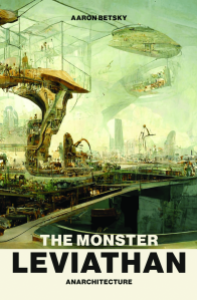
Aaron Betsky is a professor of architecture, a veteran vizier of architectural institutions and a lively and original theorist. His book False Flat (2004) was a perceptive and timely study of what made Dutch design so different and appealing. He has since ploughed a distinctive furrow looking at the impermanent, adaptive and ephemeral in architecture, in which The Monster Leviathan: Anarchitecture is the latest and most substantial instalment, a hugely ambitious attempt to reckon with this parallel body of unbuilt and imaginary architecture, not just in architectural speculations but also in poetry, film and theory.
The ‘monster leviathan’ of the title is, then, very real, but also insubstantial and tricky: a sort of Bigfoot among the solid farm animals of the built. Betsky finds the term in an address by Frank Lloyd Wright, in which the great American architect imagines the city of Chicago as a ‘living monster, made of flesh, veins, and arteries, and with a pulse […] a supreme beast, controlling all’. Wright’s extended excursion into horrible metaphor evoked the fumes, the ganglia and the roar of the beast, and presented the job of the architect as being to tame this creature. Fantasy is thus used to bring out the essence of the city as it is, and to intimate what must be done about it. In this, he briefly summoned ‘the notion of an architecture that did not inhere in building but was evoked through words’.
From there, Betsky proposes ‘anarchitecture’, suggesting something more indefinite and open to possibility than blunt singular ‘architecture’; a more anarchic practice, which ‘fights, rather than affirms, order and power’. This anarchitecture of speculation, whimsy, theoretical hand-waving and pure art might seem rather secondary to the real business of digging a hole in the muck and putting a building in it. But Betsky presents it as architecture in a more pure or direct form, whereas buildings are ‘built compromises’ in which architecture is muted and mauled by the various human, material and climatic constraints within which it must work.
Not that anarchitecture exists in full view – it instead ‘appears not quite as an icon, not quite as a complete structure, and not quite as thing, but as a mirage hovering just beyond the field of vision […] These are leviathans that are almost real’. This is the recurring theme of the book: an attempt to capture something ‘by definition uncatchable and undefinable, sensed only in distraction, out of the corner of one’s eye’.
Most chapters open with a hefty authorial gloss on a significant moment in architectural theory, from Marinetti and Benjamin to Deleuze and Guattari and Lars Spuybroek, before Betsky tries to relate the themes with which the theorists are wrestling to the ‘leviathan’ of speculations. I much preferred reading Betsky on Henri Lefebvre to the experience of reading Lefebvre actual, and this structure gives The Monster Leviathan a rather useful role as a bluffer’s guide to some thorny thickets of theory. But the reader’s repeated impression is of starting on a steep incline, and then freewheeling through some much more entertaining sights.
Naturally, an attempt to draw a field as diverse and centrifugal as architectural speculation into a coherent critical framework is doomed. But it’s precisely the fragmentary and elusive qualities of the subject that Betsky plays to his advantage. A project like Constant’s New Babylon, which expressed psychogeography as megastructure, ‘does not build up into a single proposal but rather offers snapshots of an alternative world that might already exist, if only we wander through it properly’. Betsky shows that glimpses of the leviathan are not poor substitutes for a good, hard stare but the ‘fragmented, torn, imperfect and enigmatic veil’ that spurs the imagination into speculations of its own, and which alerts us to interesting qualities in the world.
Towards the end, Betsky bemoans the ‘parade of white men’ that have comprised the book so far, and as a corrective devotes a splendid chapter to the emancipatory potential of anarchitecture, in the ways that marginalised communities forge spaces for themselves – from the meeting places of Black New Orleans, to Luce Irigaray’s architecture of female jouissance, to Grindr. The book ends where for many people it may have begun: online, in a networked churn of images. Here, the theory pays off, and we get a sense of what uses anarchitecture might have outside the intellectual. I was left slightly pummelled, but with the strong sense that this will be one of those books that follows the reader around.
‘The Monster Leviathan’ by Aaron Betsky is published by MIT Press.
From the March 2024 issue of Apollo. Preview and subscribe here.
Unlimited access from just $16 every 3 months
Subscribe to get unlimited and exclusive access to the top art stories, interviews and exhibition reviews.

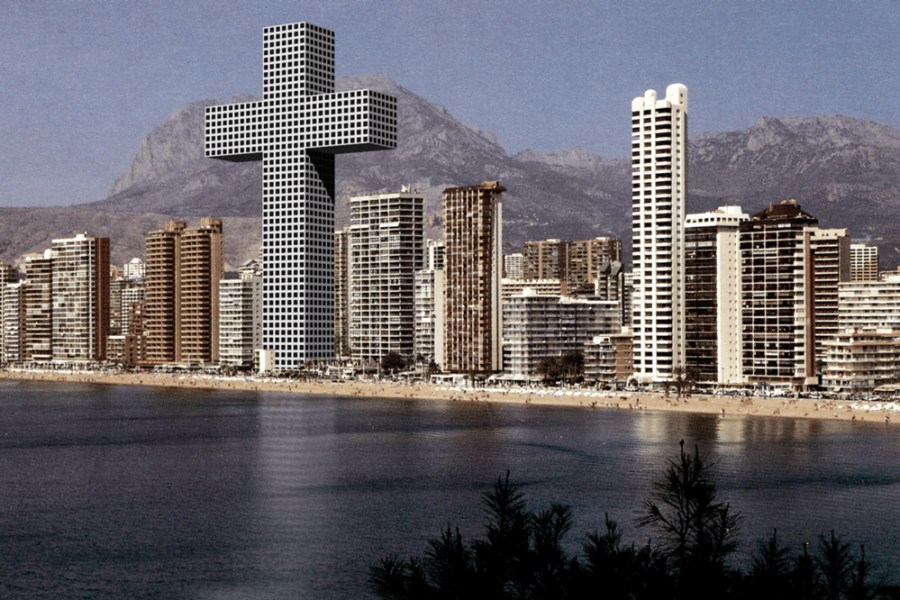
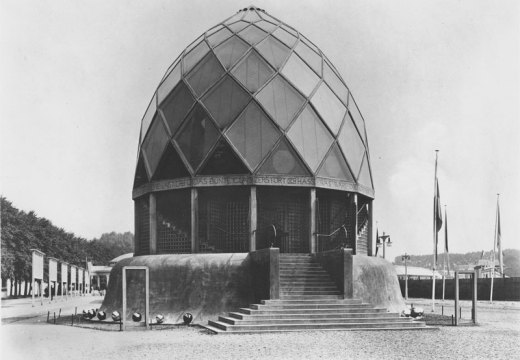
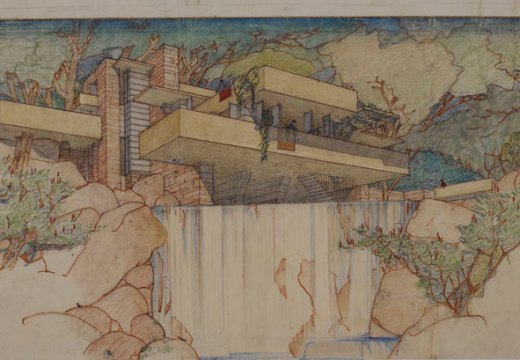
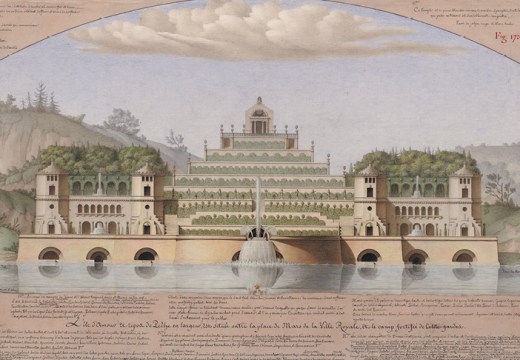









![Masterpiece [Re]discovery 2022. Photo: Ben Fisher Photography, courtesy of Masterpiece London](http://www.apollo-magazine.com/wp-content/uploads/2022/07/MPL2022_4263.jpg)
It’s time for the government of London to return to its rightful home